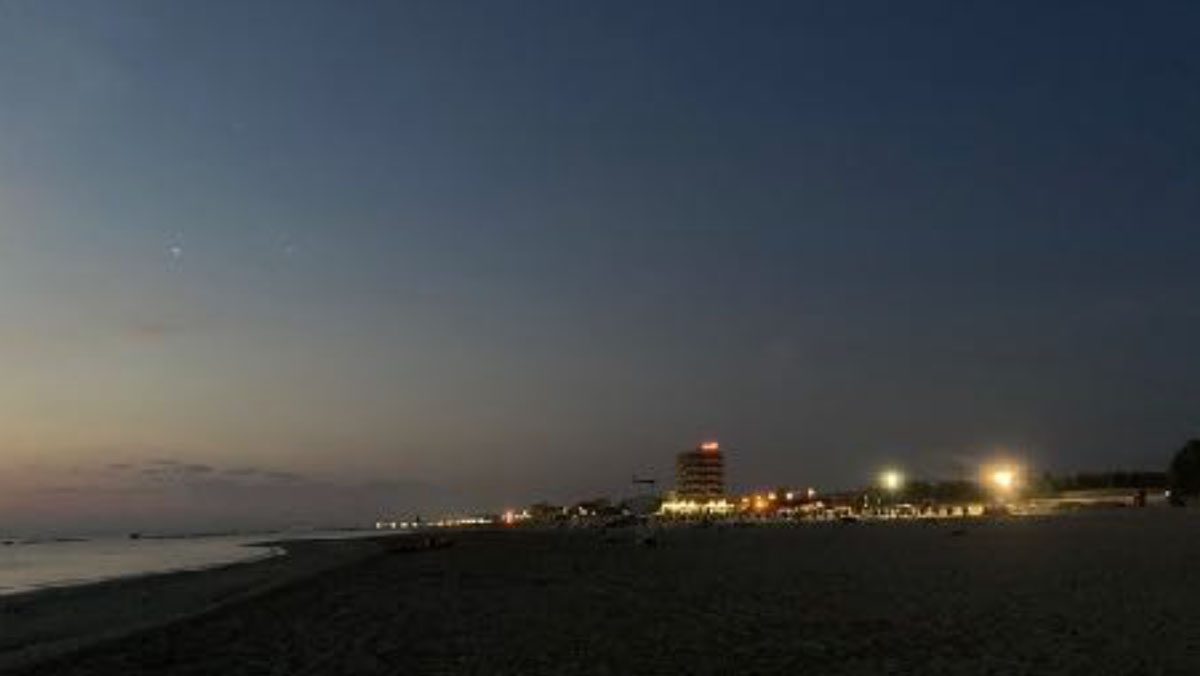Eine Nacht nur will ich bleiben. Eine Nacht in der Blümchentapete, die mir der alte Künstler einmal vorgeworfen hatte. Zu gesucht als Wort, sagte er. Ja. Aber – sagte ich – es waren Blümchen auf der Tapete.Trotzdem.Und nein, der Tintenstrahldrucker gehört zu einem anderen Thema. Und wir wissen nicht, ob Ovid oder Homer die Legende der Medusa für uns Nachfahren aufgeschrieben hatte und es ist noch zu heiß für Google. Doch dann.Do your research! Was zeigen sie dir?
Wo bekommt man eine günstige Rolex? Muss kein Gold dran sein. Nein, nein.
In meinem nächsten Leben bin ich ein Algorithmus. Anpassungsfähig. Vorausschauend. Empathisch. Wertfrei. Afghanistan? Afghanistan. Ich sehe immer noch keine Sternschnuppen aus dem Himmel fallen für mich. Geheimnis bleibt der Wunsch, die Zeit. Das Thermometer zeigt 28 Grad. Und so wird es gewesen sein, in einer jener Nächte im achten Monat dieses Jahres in Mittelitalien. Ein Gedanke reihte sich an einen anderen und zwischendrin viel Pause mit Atmen. Einatmen. Ausatmen.
Über Sibylle Ciarloni. Künstlerin und Autorin Sibylle Ciarloni denkt nach über die human condition, besonders über die Bewegungen von Transformation und Anpassung. Ihre Werkzeuge sind Sprache, Hochrechnung und Wiederholung. Ciarloni arbeitet mit verschiedenen Medien. Neue Produktionen sind der Sprechtext „Monolog einer Zimmerpflanze“ und eine audio-visuelle Arbeit „Wie man sich selbst als Fisch zeichnet“. Das Film Manual ist aktuell in der Auswahl des Byron Bay Underground Film Festival in Australien und des Big Sur Film Festival in Kalifornien USA. Die Künstlerin hat in den Nullerjahren mit dem Radiomagazin „Auf hoher See“ auf sich aufmerksam gemacht. Es folgten Lesungen in Open Spaces, u.a. Royal Baden CH, Bar Babette in Berlin D und Rote Fabrik in Zürich CH. Ciarloni ist in der Schweizer Kleinstadt Lenzburg aufgewachsen. Sie lebt an der italienischen Adriaküste.
Sibylle Ciarloni – www.sibylleciarloni.com
Fay Arnold Agency – www.agentfay.net




